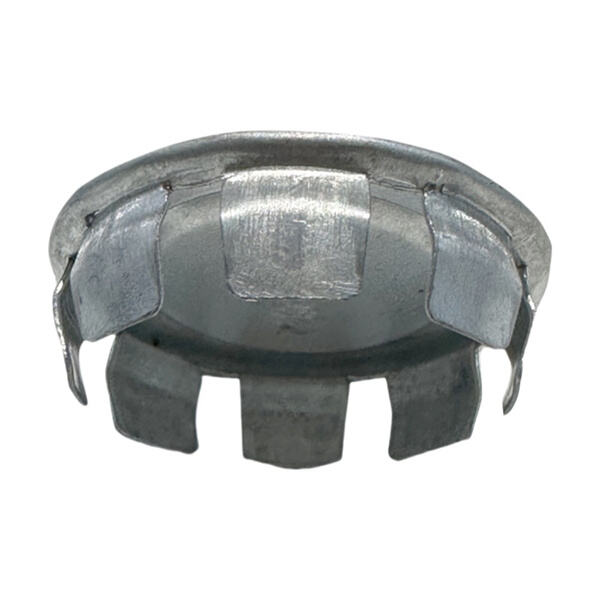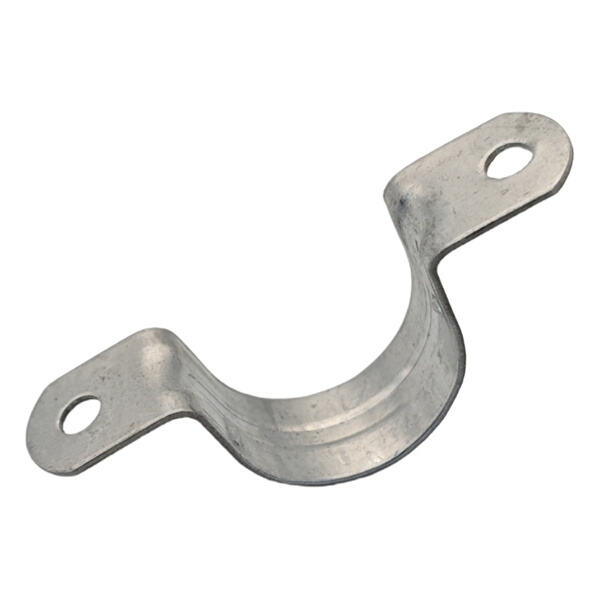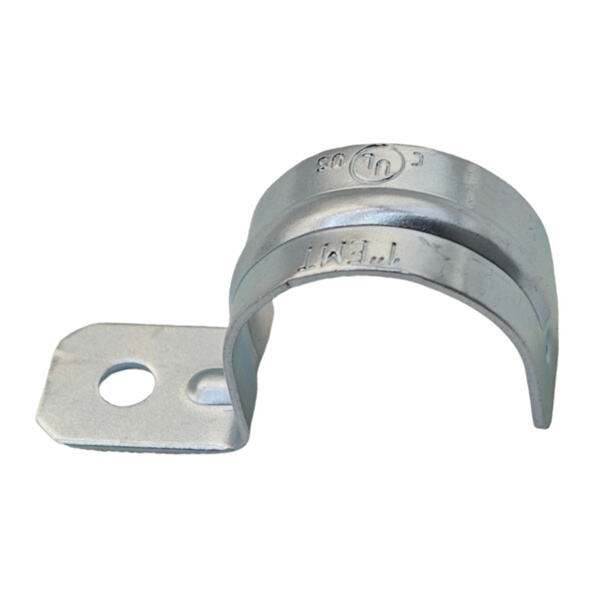Anita conduit & fittings may seem like a complicated word, but really, the premise is to keep the name is just about exactly what they do. In a nutshell, conduit fittings are puzzle pieces that connect one part of an electrical system to another. These protect the wires in them and it keeps all your things safe and organized. Conduit fittings are one of the reasons why our electrical systems don’t look like a rat’s nest of wire, and they help keep wires from crossing paths with each other and causing problems.
Anita conduit and fittings are available in various shapes, sizes and engineered to join different types of electrical conduit and boxes. Some are constructed from metal, such as steel or aluminum, while others are made of plastic. Each type of conduit fitting has its own purpose and advantages. Metal conduit fittings are highly rigid and resistant to most chemicals, and so are the go to for heavy duty projects, while plastic conduit fittings usually come in many more shapes and sizes and are easier to work with. Selecting the proper conduit fittings for your electrical system will keep everything functioning, and keep you safe.

Anita conduit electrical fittings may sound a little intimidating, but the truth is that installing them is an easy, straightforward process once you understand and follow the right instructions. Before starting, don’t forget to turn off the power to the area where you’ll be working to prevent mishaps. Next, size and cut the conduit to the appropriate length, using a hacksaw, or tubing cutter. Then, pull the wires through the conduit, and join the conduit fittings with a twist. End by using screws or clamps to keep everything in position and allow for a snug fit. As always, be safe when working with electrical systems!

Selecting the right metallic conduit fittings for your electrical systemThere are a few factors to think about when selecting conduit fittings for your electrical system. The first is to consider what type of conduit you have metal or plastic. Then, take into account the size and shape of the conduit fittings you’ll need to fit your pipes and boxes. You will also need to select conduit fittings that work well with the wires and cables you plan to use. In case you’re unsure of the best conduit fittings for your electrical work, never hesitate to consult with a professional or do your homework just to make sure you get the right ones.

In some cases we do everything perfectly, but still have problems with plastic conduit pipe. If you see any issues, like loose connections, broken conduit, or exposed wire, you will want to get these things fixed as soon as possible to prevent the risk of fire. You may have to redo/replace or adjust the conduit fittings (if you have screws in such) that everything remains secure and functions as it should. And if you don’t know how to check and repair the issue yourself, feel free to contact a qualified electrician who knows how to do so properly and jam with you.